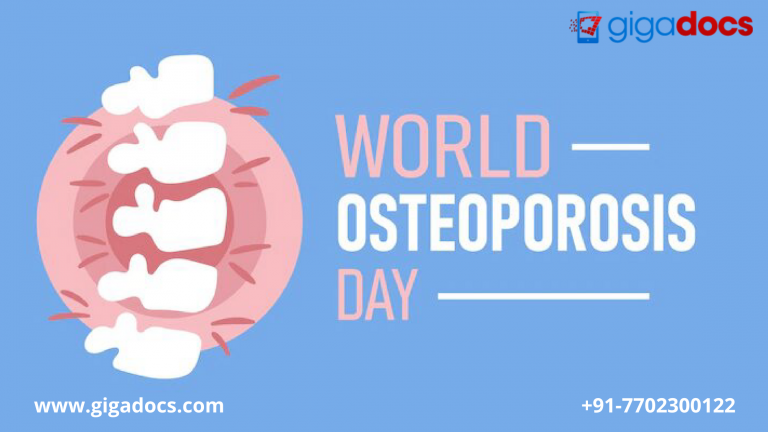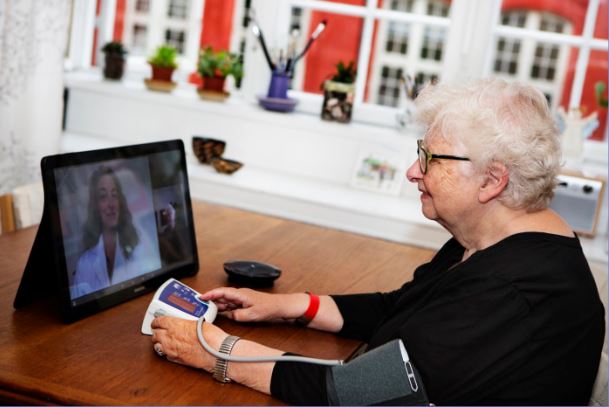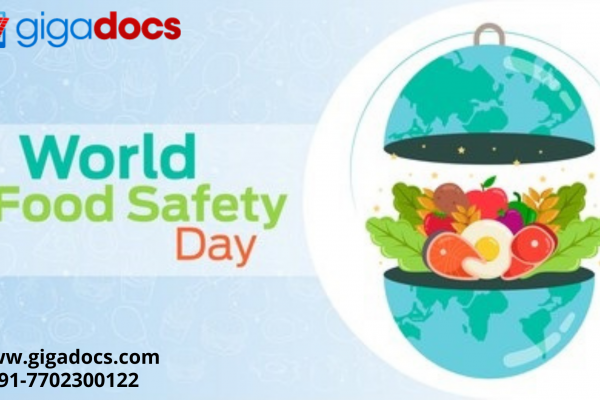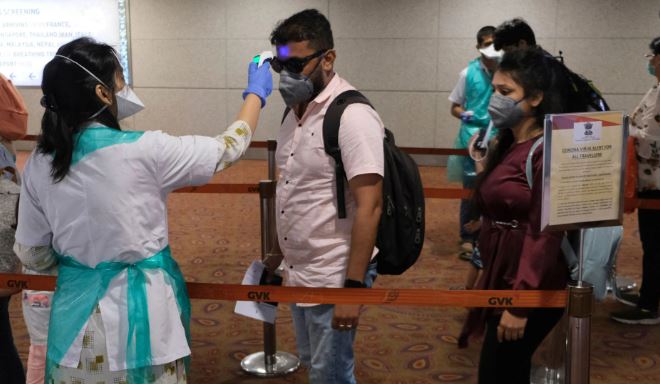World Osteoporosis Day is celebrated on October 20 to raise global awareness about osteoporosis and metabolic bone disease prevention, diagnosis, and treatment. Did you know? An osteoporotic fracture is estimated to occur every three seconds worldwide. If you are an alcohol drinker, high intake raises the risk of vertebral and hip fractures.
In India, osteoporosis is frequently misdiagnosed and untreated. The majority of undiagnosed people live in rural areas. Osteoporotic fractures affect approximately 10 million Indians annually, both men and women. Because most cases of osteoporosis show no symptoms until the first fracture, osteoporosis is often called ‘The Silent Disease.’
What causes osteoporosis?
- Until 25, our bodies hold more new bone than their breakdown, increasing bone density.
- Bone density tends to remain stable between the ages of 25 and 50, with equal amounts of bone formation and bone breakdown.
- After age 50, bone breakdown (resorption) outpaces bone formation, and bone loss often accelerates, especially in women during menopause.
| Did you know? Women are more likely to develop osteoporosis and osteopenia (low bone density that has not evolved into osteoporosis) because female bones are smaller and less dense than male bones. The risk rises during menopause as levels of bone-building estrogen fall. Men, too, are at risk, which explains why a family history of osteoporosis-related fractures increases the risk for both men and women. |
Osteoporosis Types
Many doctors divide osteoporosis into primary (Type I) and secondary (Type II).
- Primary (Type I) Osteoporosis
Most cases are due to primary osteoporosis. Many factors, including age, nutrition, and activity, contribute to its severity. Gender is frequently a factor, as primary osteoporosis affects more women than men.
When bones reach their peak density around 30, there is a gradual decline if one’s activity level does not compensate for the breakdown-taking caused by decreased hormone levels, specifically testosterone (which promotes bone growth) and estrogen. While this type of osteoporosis is commonly associated with the elderly, it can also occur in younger adults if their hormone levels drop due to overtraining or malnutrition. In that case, bone breakdown may begin as early as high school, as seen in Triad-associated conditions in male and female student-athletes.
- Secondary (Type I) Osteoporosis
Secondary osteoporosis is similar to primary osteoporosis in that it develops in response to a specific disease, usually one that affects hormone levels within the body, such as conditions that interfere with thyroid health. While primary osteoporosis can be treated with a gradual increase in activity and diet, secondary osteoporosis is often treated with hormone replacement therapy and other more drastic measures. Secondary osteoporosis can develop after primary osteoporosis, but it must have an etiological mechanism to be classified as secondary.
- Osteogenesis Imperfecta
Osteogenesis imperfecta is caused by a genetic mutation that affects approximately 6-7 people out of every 100,000. Osteogenesis imperfecta can be of eight types, ranging from mild to severe, and primarily affects bone health, causing symptoms similar to traditional osteoporosis. Other symptoms of the condition include respiratory problems, height defects, and an abnormally small rib cage. The associated respiratory issues may reduce life expectancy after all other comorbidities in severe cases.
- Idiopathic Juvenile Osteoporosis
Idiopathic Juvenile Osteoporosis is a pediatric condition with no known cause and typically appears shortly before puberty. In essence, it is brittle and porous bones with no other symptoms that usually resolve without medical treatment after a short period. If this condition exists, Gigadocs recommends parents monitor their children’s activity and follow a doctor’s recommendations for their child’s overall health.
How can teleconsultation help with Osteoporosis diagnosis?
If you have osteoporosis, download the Gigadocs app today to make an appointment with the best bone specialists. Our experts are dedicated to the primary and secondary prevention of osteoporosis through diagnosis and personal treatment. Download the Gigadocs app to book the best doctors-
- IOS App – apple.co/2W2iG4V
- Android App – bit.ly/33AQoR




